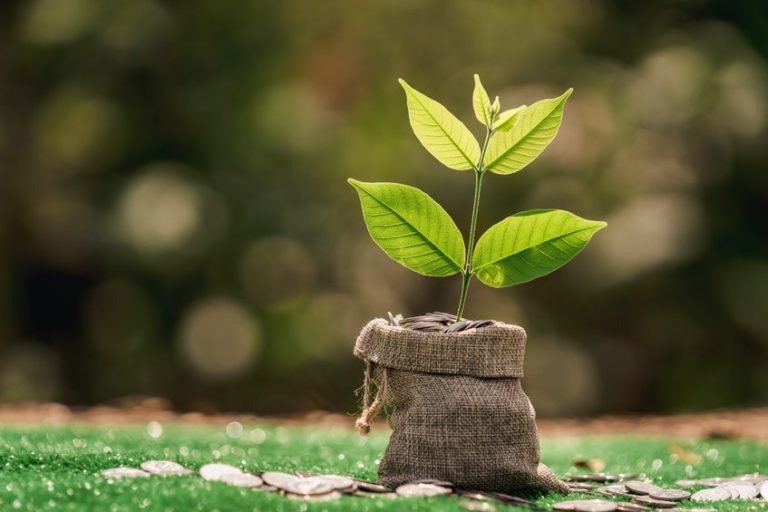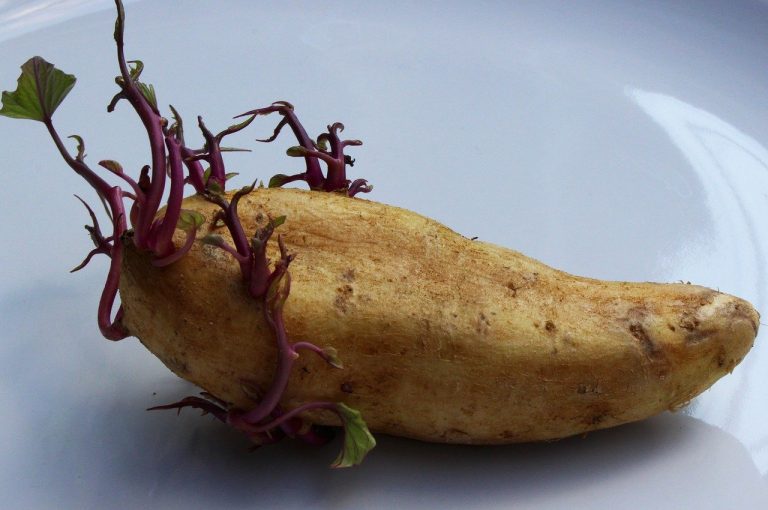I love grow bags. They’re a great choice for gardeners with limited space, and you can bring them with you if you have to move. But should you use fabric over plastic grow bags? Which type of grow bag is the best option? Plastic will work in a pinch, but the fabric is my…
grow bags
How to Reuse Grow Bags
Grow bags are an excellent container option for the frugal gardener. They’re extremely versatile and work for a variety of plants. Did you know that you can reuse them from year to year, too? Here’s how to reuse grow bags and save money down the line. What is a grow bag? A grow bag…

